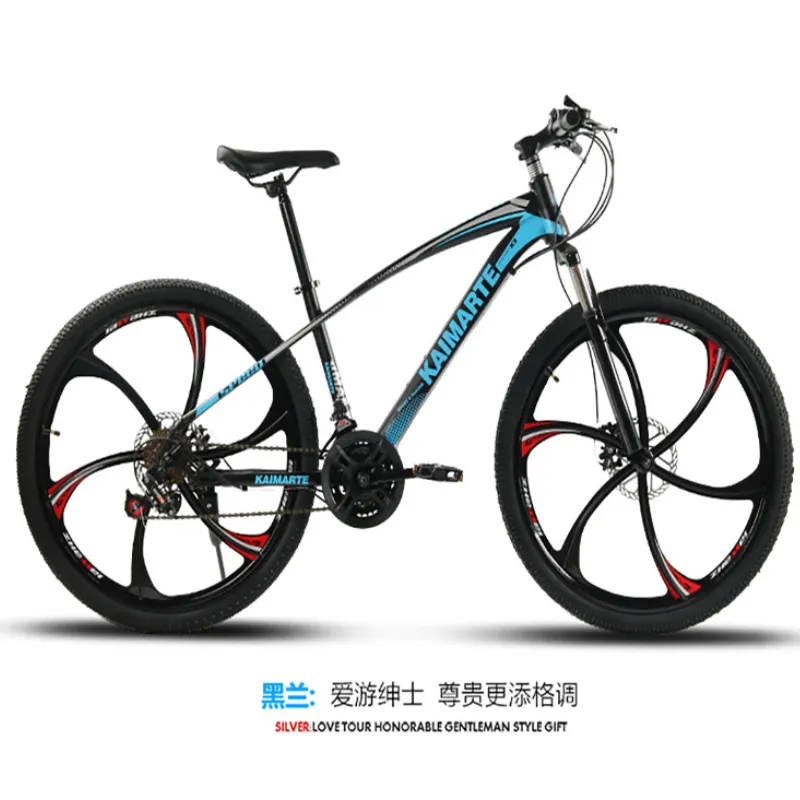
- Afrikaans
- Albanian
- Amharic
- Arabic
- Armenian
- Azerbaijani
- Basque
- Belarusian
- Bengali
- Bosnian
- Bulgarian
- Catalan
- Cebuano
- Corsican
- Croatian
- Czech
- Danish
- Dutch
- English
- Esperanto
- Estonian
- Finnish
- French
- Frisian
- Galician
- Georgian
- German
- Greek
- Gujarati
- Haitian Creole
- hausa
- hawaiian
- Hebrew
- Hindi
- Miao
- Hungarian
- Icelandic
- igbo
- Indonesian
- irish
- Italian
- Japanese
- Javanese
- Kannada
- kazakh
- Khmer
- Rwandese
- Korean
- Kurdish
- Kyrgyz
- Lao
- Latin
- Latvian
- Lithuanian
- Luxembourgish
- Macedonian
- Malgashi
- Malay
- Malayalam
- Maltese
- Maori
- Marathi
- Mongolian
- Myanmar
- Nepali
- Norwegian
- Norwegian
- Occitan
- Pashto
- Persian
- Polish
- Portuguese
- Punjabi
- Romanian
- Russian
- Samoan
- Scottish Gaelic
- Serbian
- Sesotho
- Shona
- Sindhi
- Sinhala
- Slovak
- Slovenian
- Somali
- Spanish
- Sundanese
- Swahili
- Swedish
- Tagalog
- Tajik
- Tamil
- Tatar
- Telugu
- Thai
- Turkish
- Turkmen
- Ukrainian
- Urdu
- Uighur
- Uzbek
- Vietnamese
- Welsh
- Bantu
- Yiddish
- Yoruba
- Zulu
Dec . 16, 2024 08:45 Back to list
pure ev bike price
The Price of Pure Electric Bikes An In-Depth Analysis
The global shift towards sustainable mobility has spurred the growth of electric vehicles (EVs), among which pure electric bikes (e-bikes) have gained significant popularity. As cities become increasingly congested and environmental concerns mount, many individuals are turning to e-bikes as a practical and eco-friendly transportation alternative. However, one of the primary considerations for potential buyers is the price of these innovative two-wheelers. In this article, we will explore the factors that influence the price of pure electric bikes, compare entry-level and premium models, and assess the overall value they offer to consumers.
Understanding E-Bike Pricing
The price of pure electric bikes can vary widely, ranging from a few hundred to several thousand dollars. This vast spectrum is primarily influenced by several key factors
1. Battery Capacity and Range The heart of any electric bike is its battery. E-bikes equipped with larger, higher-capacity batteries tend to be more expensive. A bike that can provide a longer range on a single charge—typically between 20 to 100 miles—will generally cost more than models with a limited range. Higher capacity often equates to a more robust and durable battery, which adds to the overall cost.
2. Motor Performance The type and power of the motor significantly affect pricing. E-bikes can come with hub motors or mid-drive motors, with the latter often providing better hill-climbing ability and a more natural cycling experience. Higher wattage motors, which deliver greater performance and speed, will generally increase the cost as well.
3. Frame Material and Build Quality The materials used in the bike’s construction play a crucial role in its price. Aluminum frames, which are lightweight and resistant to rust, are commonplace and can vary in cost depending on the quality. Carbon fiber frames offer superior strength-to-weight ratios, especially appealing for high-performance models, but also come with a heftier price tag.
4. Technology and Features Modern e-bikes come equipped with various high-tech features—GPS, anti-theft systems, integrated lights, and smart displays—each contributing to the overall price. Bikes designed for commuting might include additional accessories like racks and fenders, which can also lead to an increase in cost.
5. Brand Reputation Established brands often command higher prices due to their reputation for quality, customer service, and warranty schemes. While it can be tempting to go for cheaper options, investing in a reputable brand may provide long-term benefits through reliability and support.
pure ev bike price

Comparing Price Ranges
When considering the price of pure electric bikes, it's essential to distinguish between entry-level, mid-range, and premium models.
- Entry-Level Models These typically range from $500 to $1,500. They are suitable for casual riders or those new to e-bikes. While they may lack advanced features, they often provide a solid introduction to electric cycling.
- Mid-Range Models Priced between $1,500 and $3,000, these bikes offer better components, more powerful motors, and improved battery life. They are ideal for daily commuters who require reliability and efficiency without venturing into high-end territory.
- Premium Models Ranging from $3,000 and up, premium e-bikes offer advanced technology, superior build quality, and enhanced features. These models are often designed for enthusiasts or those seeking the best performance for serious commuting or recreational riding.
Assessing Value
Ultimately, the price of a pure electric bike should be evaluated concerning its value. A higher upfront cost can often translate to lower long-term costs through savings on fuel, maintenance, and public transportation. Additionally, considering an e-bike's health benefits, convenience, and positive environmental impact adds further value beyond the initial price tag.
Conclusion
The price of pure electric bikes reflects a complex interplay of various factors, including performance, technology, and materials. Buyers must assess their needs and budgets when choosing the right model, as the ideal e-bike is not necessarily the most expensive. By understanding the market and weighing the pros and cons of different price ranges, consumers can find an electric bike that fits their lifestyle and financial situation, making a meaningful investment in a greener, healthier future.
-
The Ultimate Kids' Four-Wheeler Experience
NewsJul.09,2025
-
The Ultimate Guide to Mountain Bikes: Gear Up for Your Ride
NewsJul.09,2025
-
The New Age of Cycling: Electric Bikes for Every Rider
NewsJul.09,2025
-
The Best Kids Bicycles: Ride in Style and Safety
NewsJul.09,2025
-
The Best 3-Wheel Scooters for Kids: Fun, Safety, and Adventure
NewsJul.09,2025
-
Revolutionize Your Ride: Affordable Electric Bikes
NewsJul.09,2025
-
Finding the Perfect Mountain Bike for Every Rider
NewsJul.09,2025



